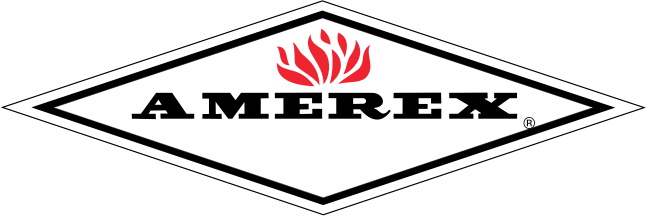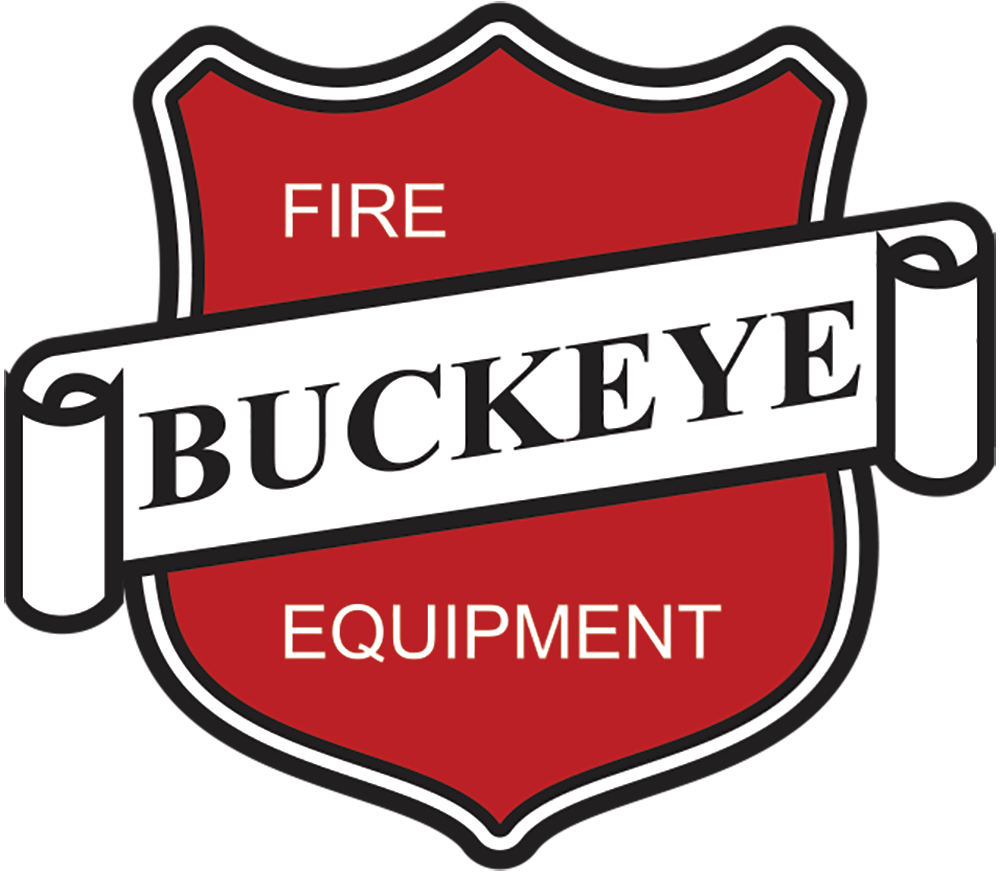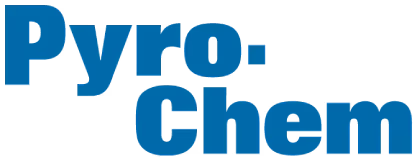For new builds, fire sprinkler services involve the design and installation of modern, state-of-the-art sprinkler systems that are integrated into the construction process. In contrast, a retrofit involves upgrading or modifying an existing building to include modern systems or components that were not originally installed. For fire sprinkler systems, retrofitting ensures older structures meet current fire safety standards.
Service technicians must understand the unique challenges and opportunities of each scenario to ensure compliance, functionality, and long-term safety. Read about the key aspects of fire sprinkler services for new builds and retrofits to see what you can expect for your project.
Design Services
New Builds
When installing fire sprinklers in a new build, the design process starts from scratch. Architects and engineers work alongside fire safety experts to seamlessly integrate the sprinkler system into the overall building plans. This type of collaboration guarantees that the sprinkler’s placement is optimized for maximum efficiency and compatibility with other building systems, including HVAC, electrical, and plumbing.
Additionally, new builds allow for greater design flexibility. Since there are no existing structures to work around, it’s easier to integrate the latest innovations in fire safety.
Retrofits
The design phase for retrofitting fire sprinklers must account for structural limitations, such as ceiling heights, wall obstructions, and the building’s overall layout. This process often starts with detailed site surveys and diagnostic inspections.
Because retrofits require working within the building’s current framework, the design must strike a balance between functionality and minimal disruption. Experienced professionals will customize a solution that makes sure your building is up to code and protected.
Installation Services
New Builds
Installation is much more straightforward during new construction. With open walls, ceilings, and floors, fire sprinkler pipes and heads can be installed without the need for demolition or significant alterations. The process is planned alongside other construction tasks, allowing for a streamlined workflow that minimizes delays. This approach not only saves time but also reduces costs associated with installation.
Retrofits
Compared to fire sprinkler services for new builds, retrofits often require a more delicate approach. Fire sprinkler service technicians coordinate with occupants to minimize disruption, especially in spaces like office buildings or apartment complexes. Service technicians plan upgrades and modifications in detail to work around occupants’ operational schedules and reduce downtime.
The installation itself may involve cutting into walls, ceilings, or floors to add pipes and sprinkler heads. Professionals take great care to avoid unnecessary damage, but some level of temporary inconvenience is often unavoidable. However, with expert installation, the final system blends seamlessly into the existing structure.

Upgrades and Equipment Replacement
New Builds
Starting with a new construction project gives you the advantage of implementing the latest fire safety technologies from the beginning. Modern sprinkler systems operate efficiently and comply with current codes, which reduces the need for upgrades in the near future. By choosing state-of-the-art equipment during initial installation, you ensure long-term reliability and performance. This proactive investment will protect both the building and its occupants for years to come.
Retrofits
Older buildings often require fire sprinkler retrofits to meet today’s fire codes and safety standards. This might include replacing outdated pipes, sprinkler heads, or entire sections of the system. Retrofitting also improves the efficiency of existing systems, reducing the risk of malfunction.
Sprinkler systems can become damaged by corrosion, freezing temperatures, or physical impact from renovations or accidents. Corrosion poses a long-term threat by weakening pipes and causing leaks or blockages. Retrofits address these issues by replacing damaged components and making sure the system complies with current safety standards.
Compliance With Regulations and Codes
New Builds
New builds follow modern fire safety codes and regulations. During the design and installation phases, fire protection professionals ensure the plans align with local requirements. Pre-construction approvals from authorities further streamline the process.
Working within modern codes simplifies compliance and guarantees everything is up to standard. Meeting regulations in the design and planning stages reduces the likelihood of costly revisions later.
Retrofits
For older buildings, retrofits are often necessary to bring fire safety systems up to code. Depending on the property’s age and condition, you may need additional permits and approvals. Fire protection teams work closely with local authorities to meet compliance during all stages of the retrofit process.
Updating fire sprinklers for tenant improvements is essential for meeting modern safety, functionality, and efficiency standards. It enhances the overall value of the property while creating a safe and code-compliant environment for occupants.
Integrating Fire Safety Systems
New Builds
Installing fire sprinklers in a new building allows for seamless integration with other safety systems. Alarms, smoke detectors, and monitoring devices can all be interconnected as part of a cohesive safety plan. This type of integration enhances overall building safety and simplifies future maintenance. When fire sprinklers are part of a larger safety ecosystem, response times and coordination during emergencies improve significantly.
Retrofits
For existing buildings, integrating fire sprinklers with older safety systems can be more complex. If the current system lacks compatibility with modern technology, additional work may be required to establish the necessary connections. Experienced technicians can create smooth integration through upgrades or modifications. Connecting sprinklers to existing alarms and monitoring systems is essential for maintaining a comprehensive safety network.

Testing and Maintenance
New Builds
Testing fire sprinkler systems in new builds is often conducted as part of the construction process. These initial inspections confirm that the installation meets all operational and safety standards. Once these steps are completed, you can establish a maintenance schedule to guarantee long-term reliability.
Retrofits
When retrofitting a fire sprinkler system, initial testing is crucial to identify potential compatibility or durability issues with existing infrastructure. Older buildings may require extra attention to maintain functionality and prevent wear and tear from impacting performance. Fire sprinkler services for new builds and retrofits include five-year certifications for fire sprinklers, annual inspections, and quarterly inspections.
Quarterly Inspections
Quarterly inspections provide routine assessments of the system’s readiness. This includes checking valve functionality, inspecting gauges, and ensuring that all accessible components are free of damage or obstruction.
Annual Inspections
Annual inspections focus on verifying the overall condition and performance of fire sprinklers. Professionals evaluate system components, check for proper water flow, and confirm that all equipment meets current fire safety regulations.
5-Year Certification for Fire Sprinklers
Every five years, fire sprinkler systems must undergo certification to guarantee their functionality and compliance with fire safety standards. This process typically involves testing components like check valves, internal piping, and pressure systems to identify and address any issues.
Fire sprinkler services for new builds and retrofits differ significantly in design and installation requirements, but both processes meet compliance standards. New builds benefit from seamless system integration, modern codes, and streamlined processes, while retrofits demand careful customization to accommodate existing structures and meet updated safety standards. Whether your sprinkler is new or retrofitted, routine inspections and other fire sprinkler services help to guarantee functionality. Understanding these contrasts is crucial to achieving a well-functioning and compliant system tailored to the needs of each project.



